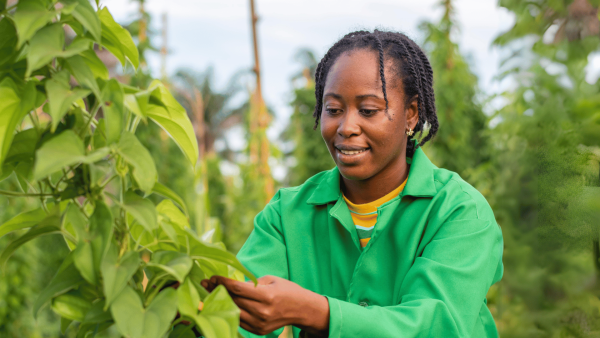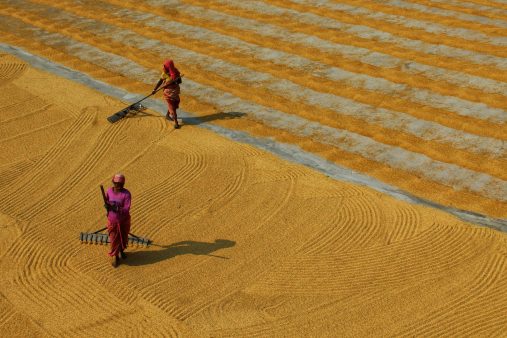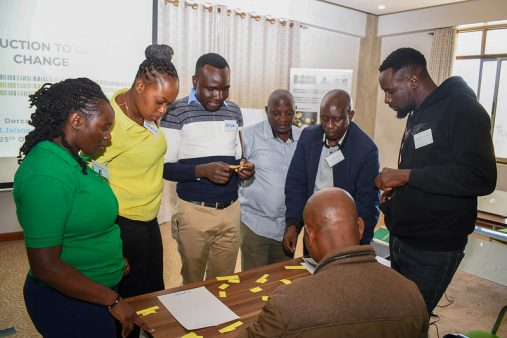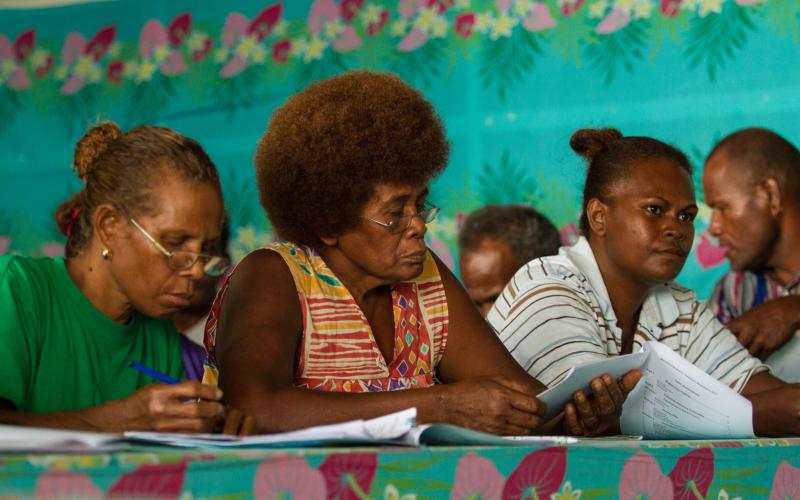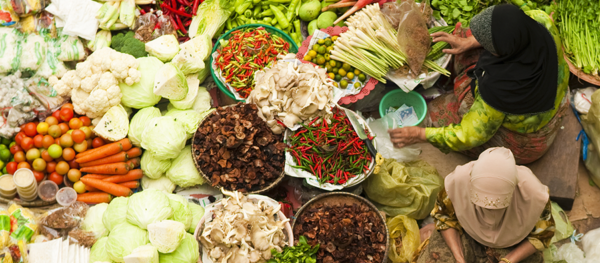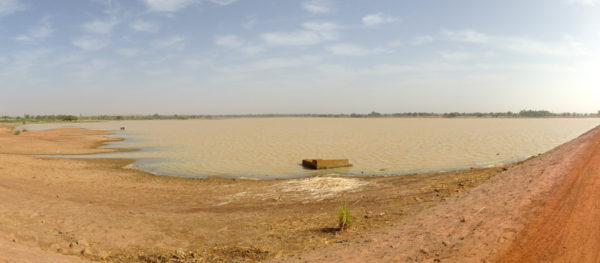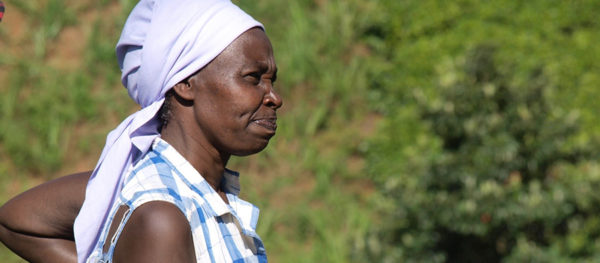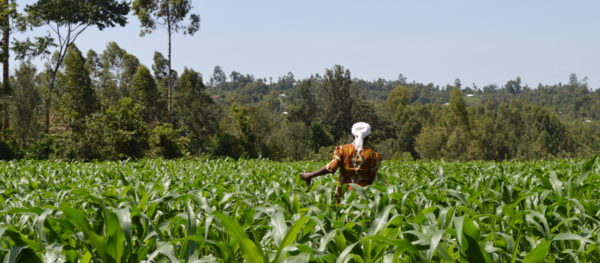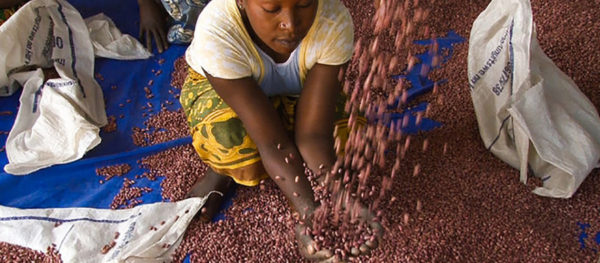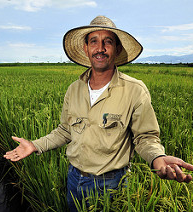Tag: cgiar

Accelerating Food Systems Transformation in Africa Through Climate-Smart Agriculture
Africa & Middle East: Climate-smart agriculture offers Africa a viable and scalable path to a more resilient and food-secure future, according to a new report.
Read MoreClimate Smart Agriculture Interventions Must Be Gender-Responsive
Africa & Middle East: Increasing women's participation in climate smart agriculture requires inclusion in decision-making and equal access to resources, research shows.
Read MoreTailor-Made Food and Agriculture Policies: Newly Launched Guide on Taxes, Subsidies, and GM Crops
Global: A new tool empowers governments to enhance food policies, tailored to their unique needs for healthier diets and resource conservation.
Read MoreInstitutionalising Community-Based Resource Management in the Solomon Islands
Oceania: WorldFish has collaborated with governments in the Pacific to introduce Community-Based Resource Management of fisheries and inform policy.
Read MoreNew Campaign: Innovations for Sustainable Food Systems
Global: Our food systems are under unprecedented pressure. With the global population expected to reach 8.6 billion by 2030, making food systems more sustainable will depend on the development and deployment of innovative tools and approaches around the world.
Read MoreFor West African Farmers, Reservoirs Hold Much More Than Just Water
Africa & Middle East: Why donor agencies and governments should be careful when funding the development of small reservoirs.
Read MoreErosion is Eating Away at African Farms: We Must Measure Damage
Africa & Middle East: Farmers besieged by erosion caused by extreme weather can reduce soil run off and improve incomes.
Read MoreFarmers Need Long-Term and Short-Term Solutions to Combat Fall Armyworm in Kenya
Africa & Middle East: The rampant Fall Armyworm caterpillar is once again threatening harvests across the continent for a second year - what solutions exist for farmers?
Read MoreTo End Hidden Hunger, Partnerships Across Sectors for Biofortification are Key
Global: Public-private partnerships are needed to help biofortification reach more people, says HarvestPlus Head of Partnerships.
Read MoreJoin our Webinar on Agriculture and Climate Change Ahead of COP21
Global: Are you prepared for COP21? Do you want to engage but not sure how? Register for our two-hour webinar on 21st Oct.
Read MoreHow CGIAR Will Deliver on Sustainable Development Goals
Global: CEO of CGIAR Consortium talks sustainable intensification and systems research.
Read MoreFertilizer Microdosing on Degraded Soils in Sub-Saharan Africa
Africa & Middle East: Land degradation affects more than half of Africa, leading to a loss of an estimated US$42 billion in income and 5 million hectares of productive land each year. A precision-farming technique called “microdosing” is helping farmers address the problem of soil infertility. The International Crops Research Institute for the Semi-Arid Tropics (ICRISAT), a member of […]
Read More